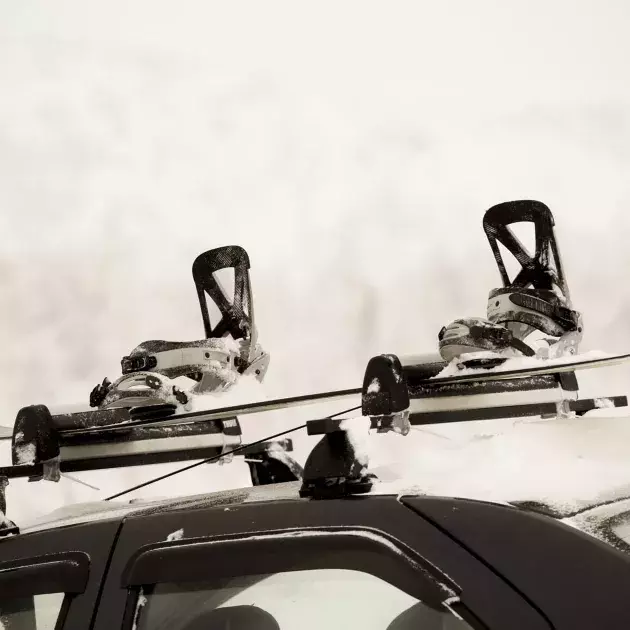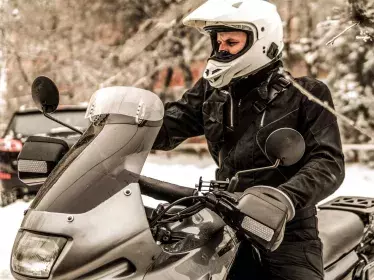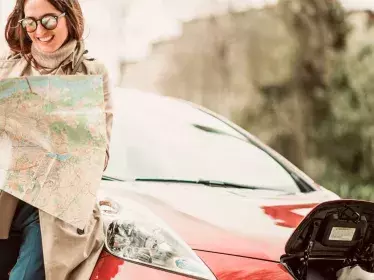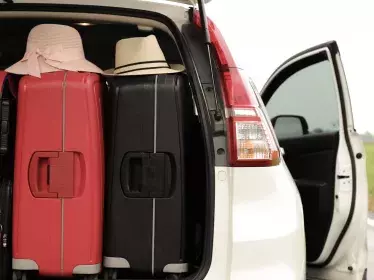Heading off to do winter sports is a pleasure that some people can't do without. And that’s understandable: enjoying the great outdoors, beautiful landscapes, fresh snow, time with family and friends, you can't put a price on that. However, to reach these areas, it is often necessary to travel a long way, which, of course, can be difficult due to weather conditions. So here’s everything you need to remember to make the most of these experiences..
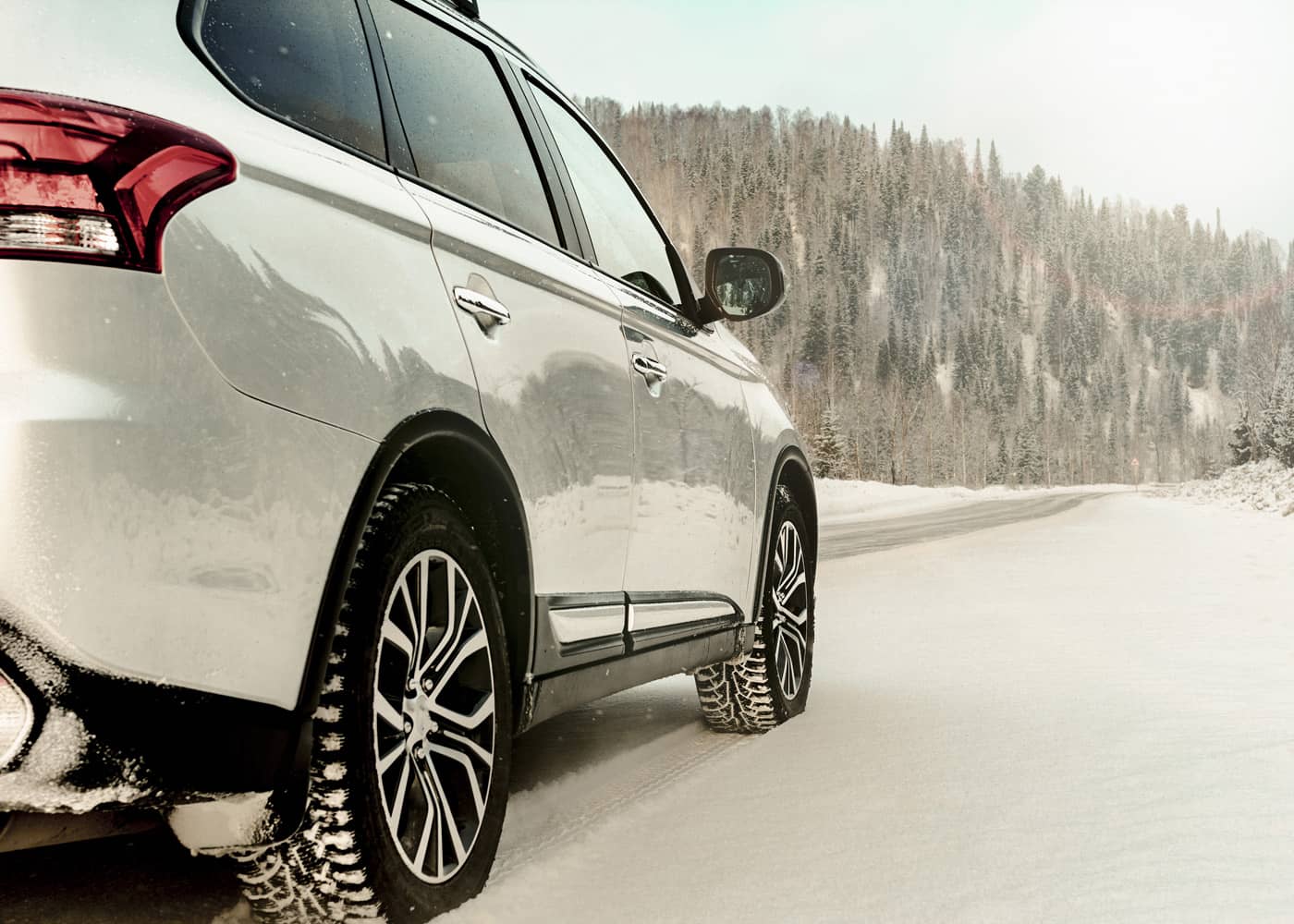
Regulation
Europe does not impose rules on winter vehicle equipment. Each country is free to have its own policy in this area. For example, in Belgium, winter tyres are not compulsory, but they have become compulsory in mountainous regions of France (Alpes, Corsica, Central Massif, Juridian Massif, Pyrénées, Vosgien Massif). It is the prefects and municipalities who set their regulations, so it’s best to look them up beforehand. In Germany and Austria, winter tyres are also compulsory, with a special aspect for Austria: the minimum tread depth must not be less than 4mm, which means changing tyres when they are at 40% of their capacity (the average tread depth is generally 1cm when new).
Let’s push a little further afield: in Bosnia and Herzegovina winter tyres are compulsory, and it’s also compulsory to have chains and... a shovel in the vehicle. In other words, if you are not prepared, you risk your journey being delayed if you are stopped and checked.
The table below shows the specific rules for most European countries:
Tyres
Even though they are not compulsory for us, winter tyres are strongly recommended during the winter period. They are not only useful on snow, but also in cold weather (below 7°C), as their rubber remains “sticky” to bitumen, while that of summer tyres gets stiffer and tends to lose grip. In addition, winter tyres are also useful in the rain, as the upper tread groove helps to get the water out better, especially when it’s very abundant on the roads, as is the case this season.
Winter tyres are often considered a major expense with little use. This is not the case because, in reality, swapping them over doubles the life of your summer tyres. This means you will need to change them half as many times. The slight additional cost that winter tyres generate (fitting, swapping, the purchase of two sets of wheels if necessary) is largely recovered by the much higher degree of safety they provide. To choose a good winter tyre, opt for major brands, 'premium' or 'quality' (editor’s note: sub-brands of major brands, such as Kleber for Michelin, Semperit for Continental, etc.).
Also, remember that the M+S symbol does not mean much today, even if it is a European requirement. This limit has however been exceeded and does not guarantee the minimum performance of a winter tyre. The only marking that should be observed is the 3 PMSF (or 3 Peak Mountain Snow Flake, represented by a small mountain and a snowflake). It is the only one that guarantees these minimum qualities and therefore the presence of a winter gum and an ad hoc label.
We will end with 'all-season' or 'four-season' tyres, which are becoming more and more popular. It’s true that these are a good alternative for remaining mobile all year round, including in winter and on the road to a snowy holiday. However, it's important to remember that these '4 season' tyres are a compromise and do not offer the same level of excellence as a summer tyre and a winter tyre. It makes sense. For this reason, it may be appropriate to reserve these tyres for motorists who only do low mileage, i.e. those travelling a maximum of 10,000km per year.
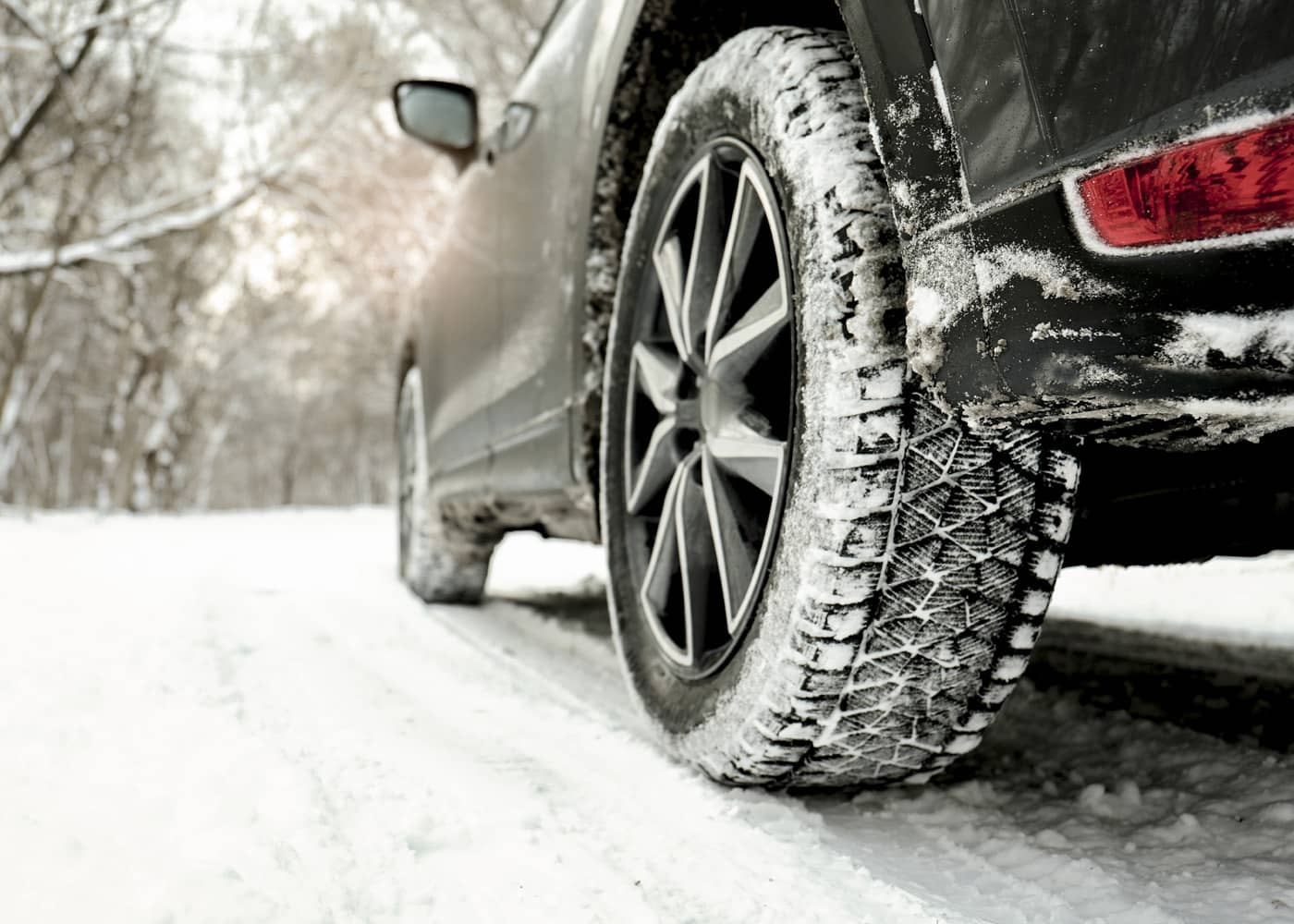
Snow chains
Another way to get around in snow is to use snow chains. In some countries, it is mandatory to carry them in the vehicle (see table). Normally, there is specific signage that advises when they should be fitted and/or removed, often on mountain roads. But please note that snow chains cannot be used at speeds above 50km/h. Nor can they be used when the snow layer is too thin or in tunnels, as they will damage the road surface.
There is an alternative to chains; snow socks that wrap around the tyre and have an outer coating for good traction. They are cheaper than chains. The socks are also washable and reusable. They do not cause vibrations and are easier to fit than chains. On the other hand, socks also have their drawbacks: they wear out, some brands are not approved (sign B26) and, in really heavy snowfall, they are less effective.
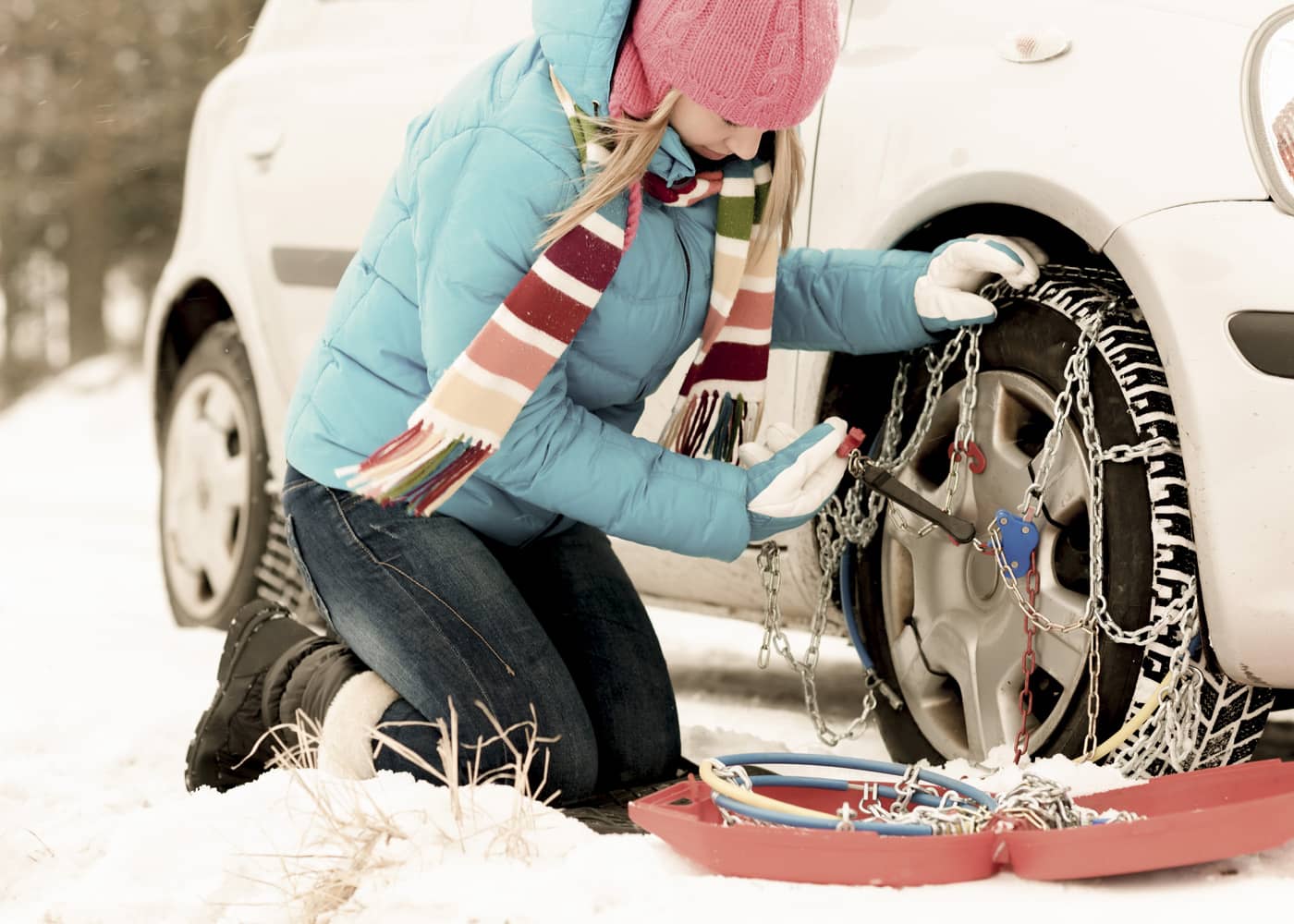
Driving
Driving on snow should not be taken lightly. To be most at ease, it is essential to clear the car's windows to ensure maximum visibility. Also fill up on windscreen washer fluid (winter of course) so that you can maintain your visibility for a long time, especially when the gritters are out. Driving in the snow requires slowing down. The car’s reactions will be more unpredictable and sometimes sensitive. It is therefore important to keep your cool and limit your speed as much as possible while doubling your distance from other road users. If you are driving a vehicle with an automatic gearbox, check whether it offers winter mode and, if so, select it. For manual gearboxes, shift gears sooner and do not overload the powertrain with torque. This could cause the wheels to slip. The key words here are care and anticipation.


